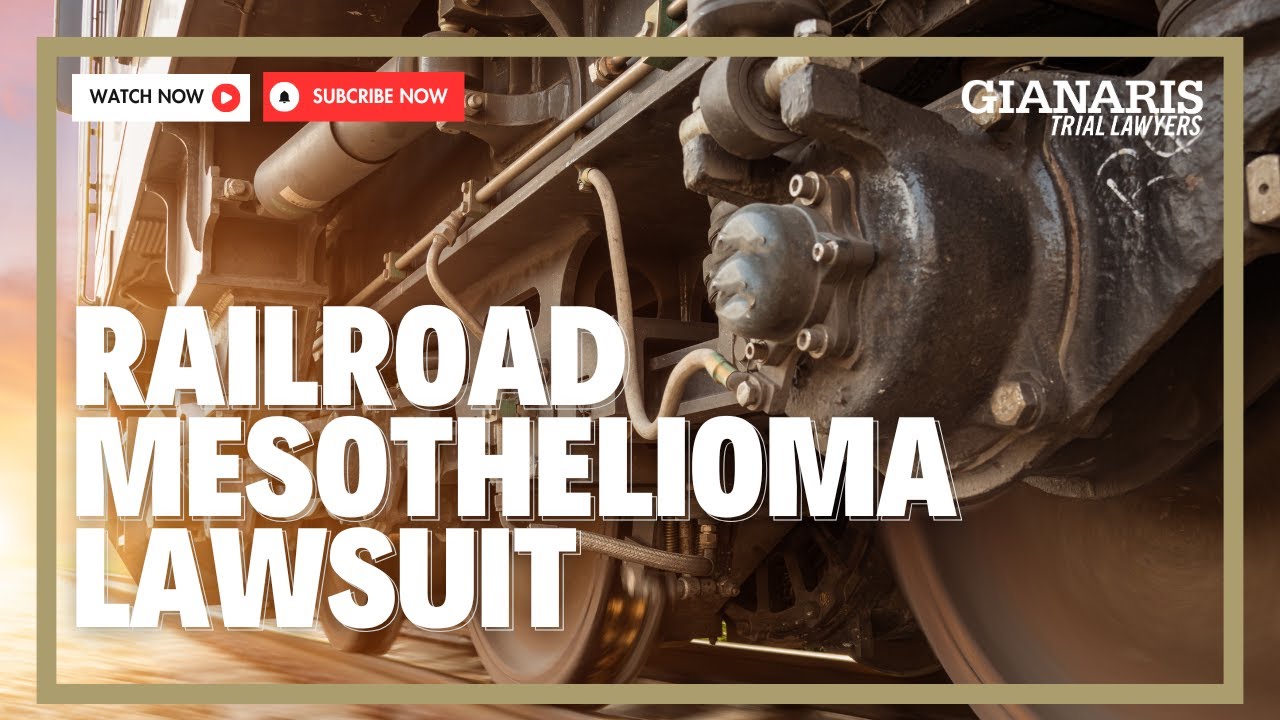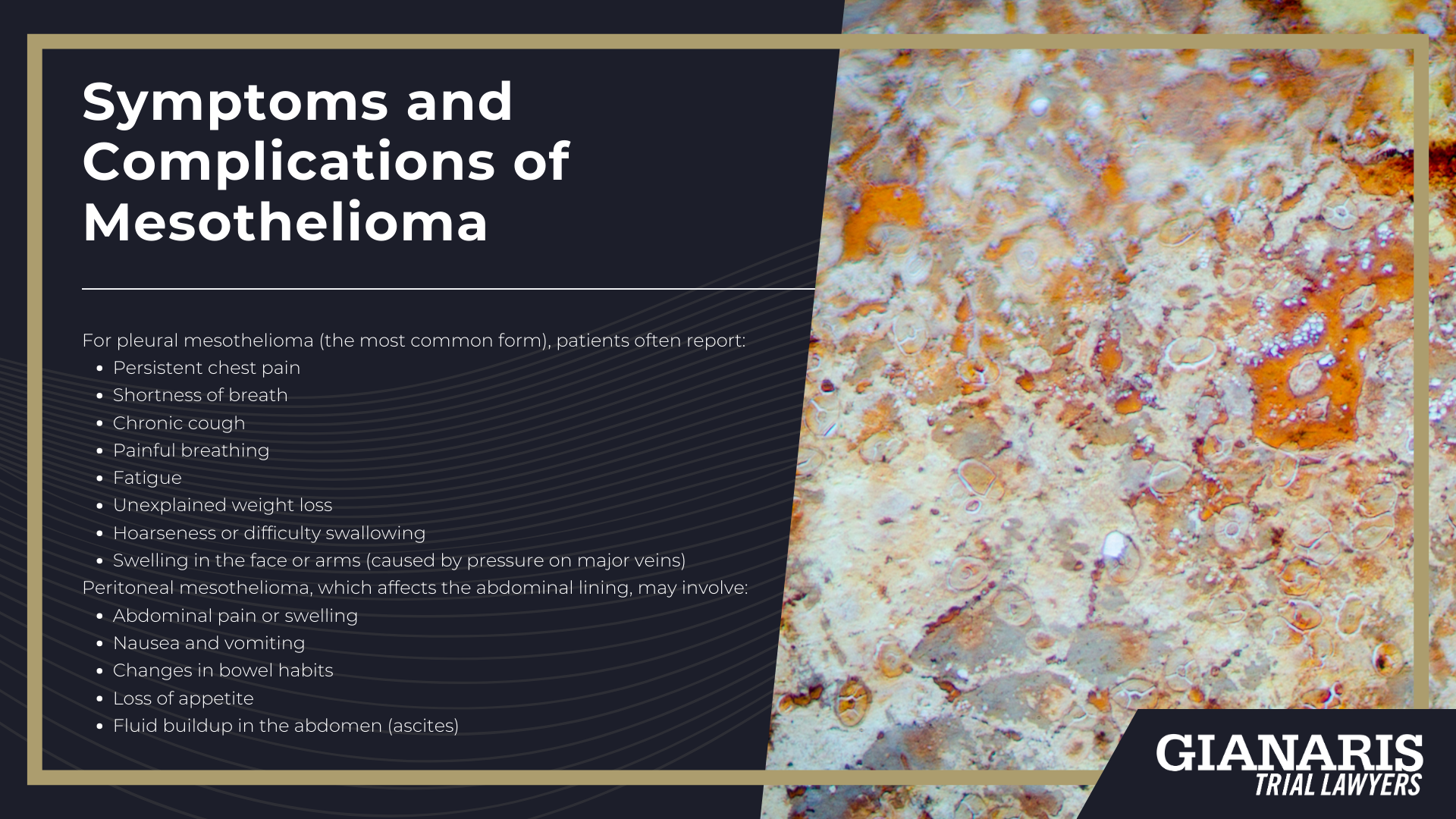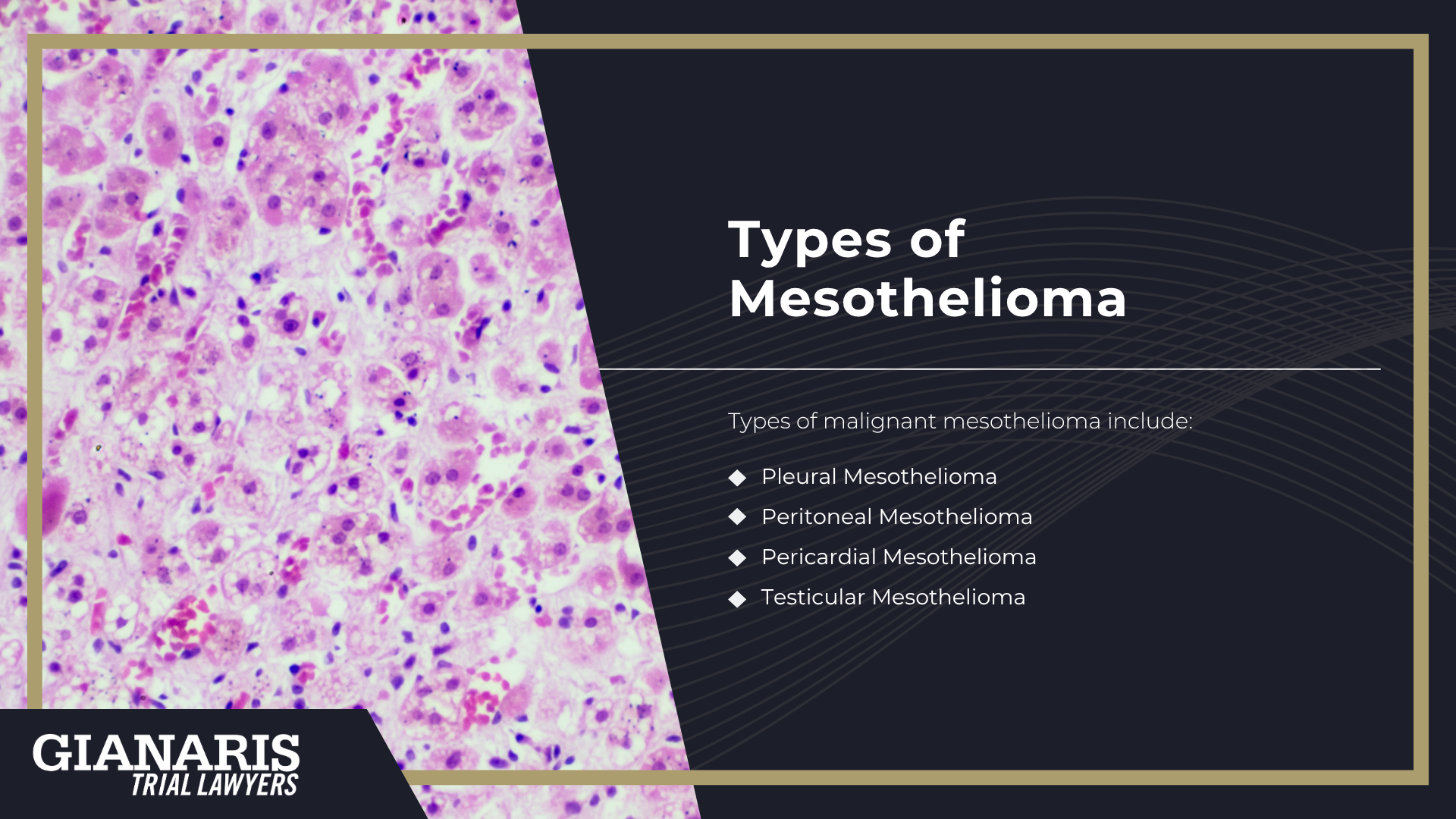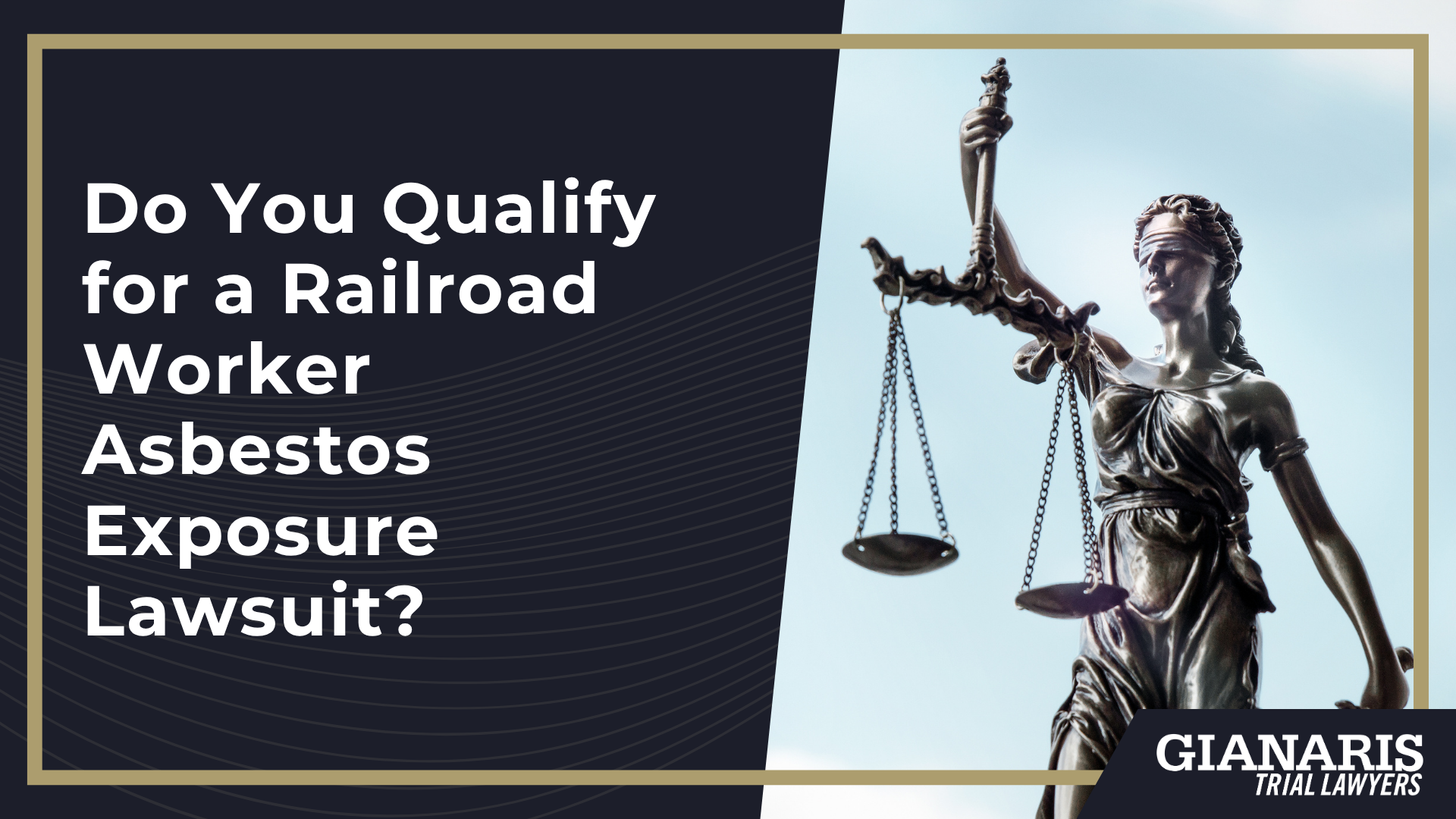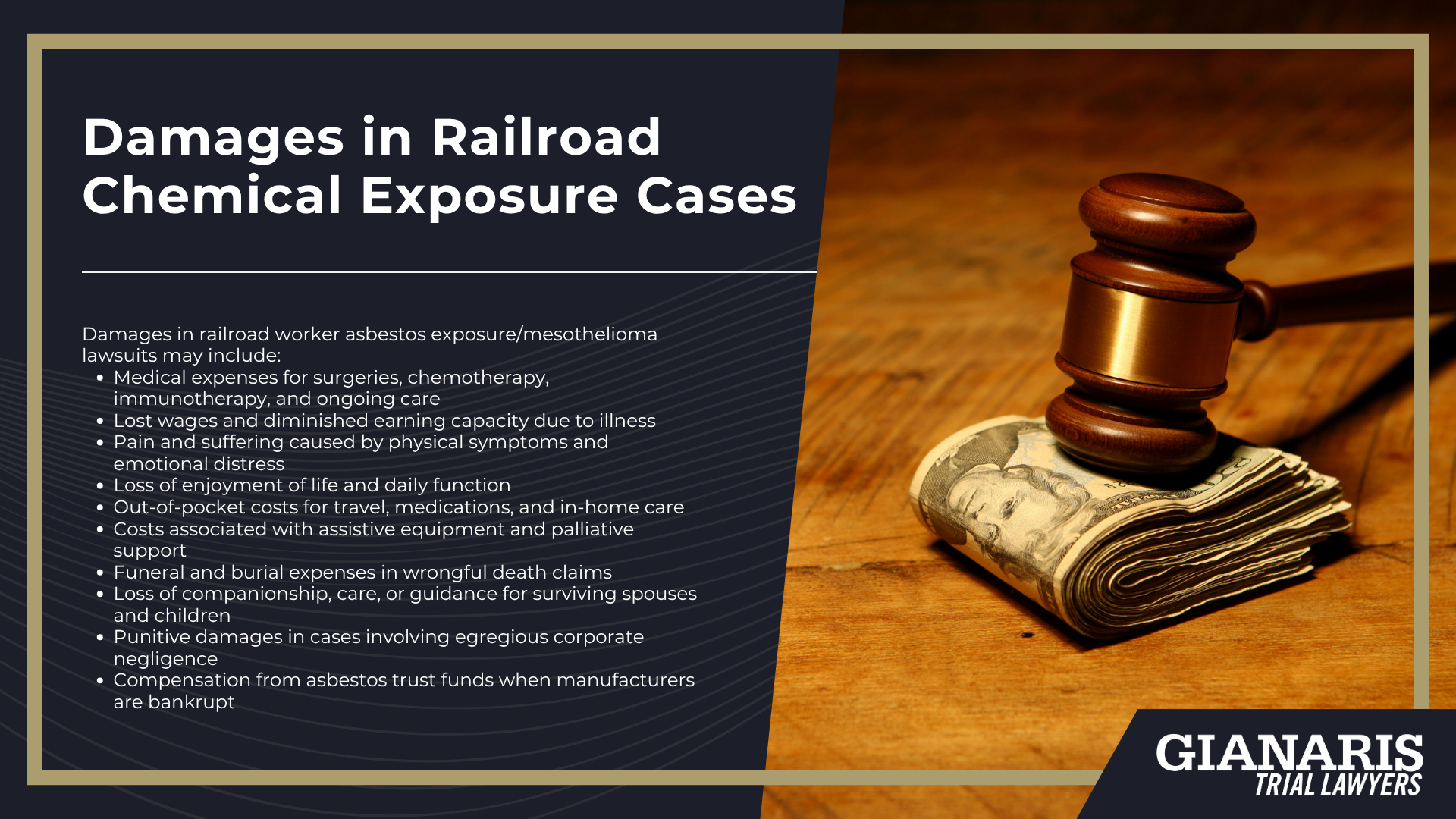Mesothelioma is a deadly cancer almost exclusively caused by inhaling or ingesting asbestos fibers, and many railroad workers faced regular, unprotected exposure to asbestos throughout the 20th century.
The railroad industry relied heavily on asbestos-containing products for their heat resistance, durability, and affordability, especially in steam locomotives, brake pads, clutches, gaskets, and insulation materials.
As these materials aged or were disturbed during maintenance and repair tasks, microscopic asbestos fibers were released into the air, creating serious workplace exposure risks.
According to the Agency for Toxic Substances and Disease Registry (ATSDR), the Environmental Protection Agency (EPA), and the National Cancer Institute (NCI), asbestos fibers, when inhaled, can embed in the pleura (lining of the lungs) and over time lead to inflammation, scarring, and mutations that cause mesothelioma.
These effects are often latent, with symptoms appearing decades after initial exposure.
Family members of railroad workers often developed mesothelioma not through direct contact but via secondhand asbestos exposure, where fibers were carried home on clothing and equipment, putting family members at risk.
Mesothelioma victims in the railroad industry were rarely warned of these dangers.
Despite growing scientific consensus on the health risks of asbestos dating back to the mid-1900s, many railroad employers failed to protect workers or even inform them of the materials they were handling.
Asbestos product manufacturers and distributors have since faced thousands of asbestos claims and paid into asbestos trust funds to compensate workers who developed asbestos-related diseases.
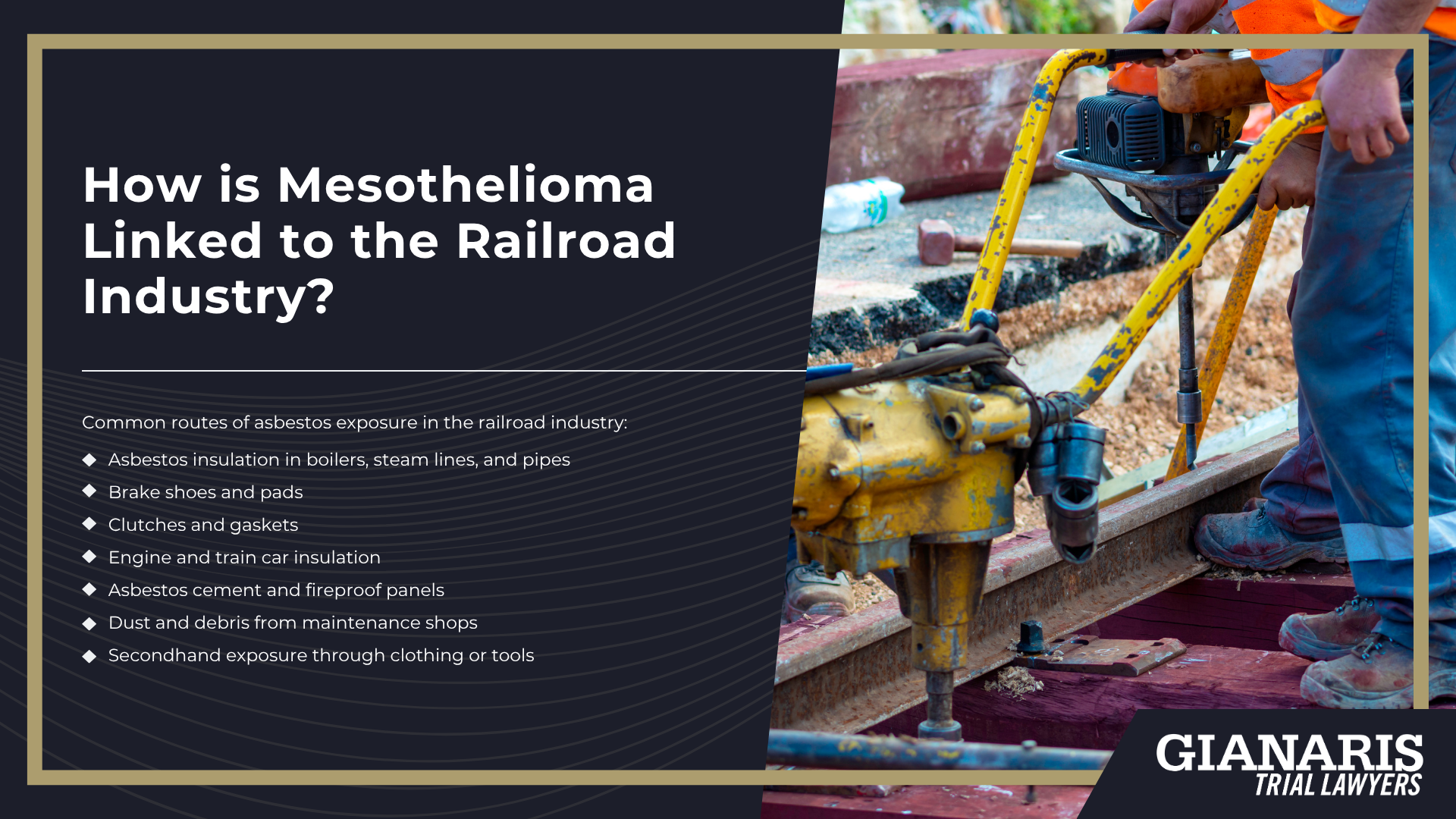
Common routes of asbestos exposure in the railroad industry:
- Asbestos insulation in boilers, steam lines, and pipes: Used heavily in steam locomotives and repair shops.
- Brake shoes and pads: Contained asbestos to resist heat and wear, regularly replaced and ground down by workers.
- Clutches and gaskets: Commonly handled by mechanical and maintenance personnel during locomotive servicing.
- Engine and train car insulation: Lining around electrical panels, floors, and walls frequently contained asbestos.
- Asbestos cement and fireproof panels: Used in roundhouses and other railroad structures for fire resistance.
- Dust and debris from maintenance shops: Asbestos particles from worn components often contaminated work environments.
- Secondhand exposure through clothing or tools: Family members of railroad employees were sometimes exposed by laundering contaminated workwear or handling dusty gear.
Railroad mesothelioma claims typically center on decades of workplace exposure, corporate failure to warn employees, and the known presence of asbestos in essential equipment and infrastructure.
Many of these cases are eligible for compensation under asbestos litigation laws and the Federal Employers Liability Act (FELA), especially when railroad employers neglected to provide protective gear or failed to remove known asbestos hazards.
Railroad Jobs Linked to an Increased Risk of Asbestos Exposure and Mesothelioma
Many railroad employees faced occupational asbestos exposure during routine maintenance, repair, and daily operations involving engines, train cars, and track infrastructure.
Workers who handled asbestos-containing insulation or disturbed older components were often exposed to dangerous airborne fibers without proper safety measures.
Despite the known risks, asbestos companies responsible for manufacturing and supplying these materials failed to warn or protect workers.
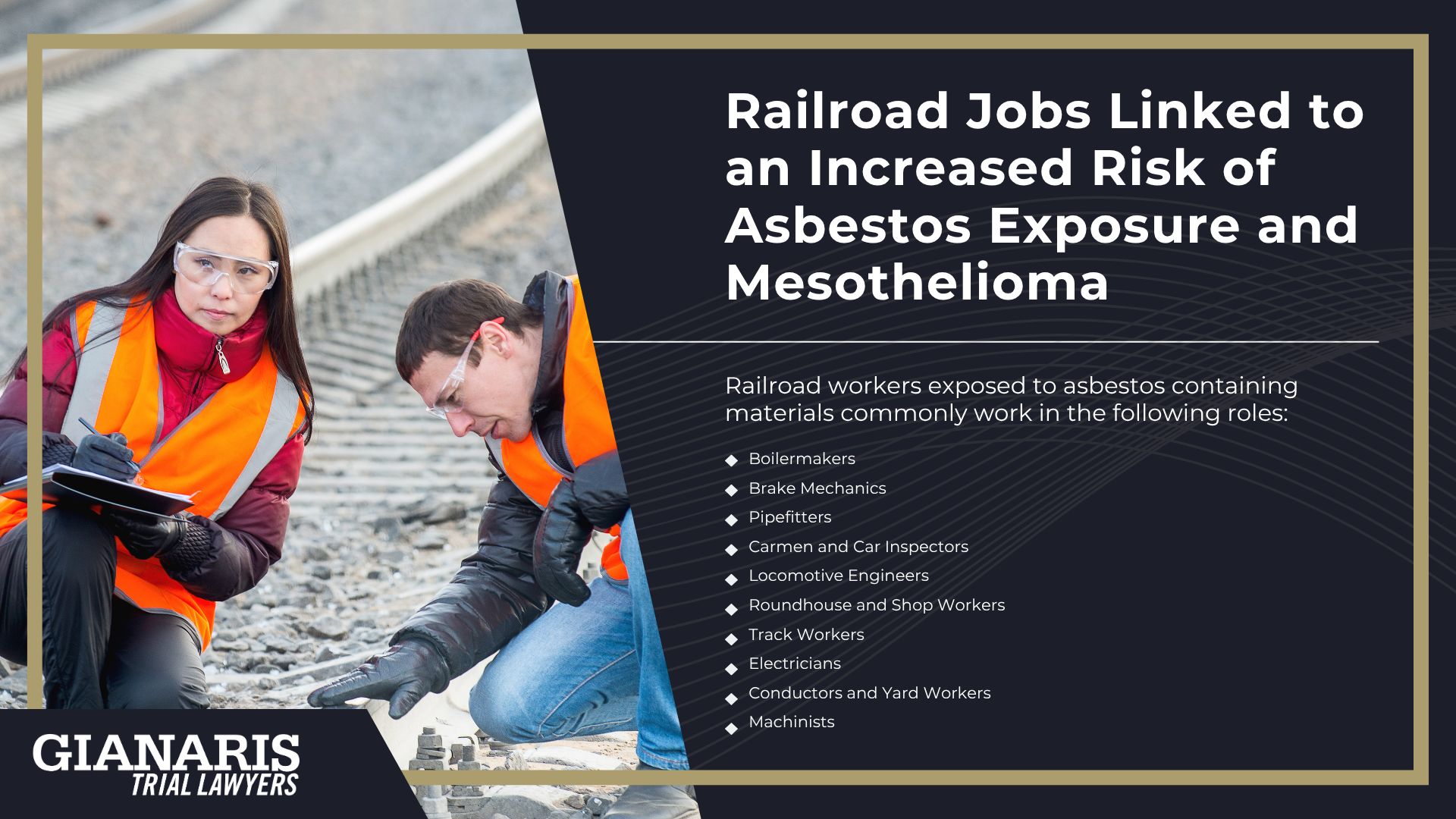
Railroad workers exposed to asbestos containing materials commonly work in the following roles:
- Boilermakers – regularly worked with asbestos insulation in steam engines and heating systems.
- Brake Mechanics – handled asbestos-containing brake pads and linings during replacements and repairs.
- Pipefitters – installed and maintained pipes wrapped in asbestos insulation throughout locomotives and facilities.
- Carmen and Car Inspectors – repaired train cars lined with asbestos paneling and insulation materials.
- Locomotive Engineers – spent long hours in engine compartments with asbestos-laden heat shields and gaskets.
- Roundhouse and Shop Workers – frequently exposed to airborne asbestos dust from grinding, cutting, or removing contaminated materials.
- Track Workers – handled asbestos cement products and debris from aging infrastructure near train lines.
- Electricians – worked around switchboards and panels insulated with asbestos for fireproofing.
- Conductors and Yard Workers – indirectly exposed through shared workspaces, contaminated surfaces, and secondhand contact with other workers’ clothing.
- Machinists – routinely used lathes, grinders, and tools to cut or shape asbestos-containing parts and gaskets, often releasing dangerous fibers into the air.
Can I File a Wrongful Death Lawsuit if My Loved One Passed Away of Mesothelioma?
Yes, you may be eligible to file a wrongful death lawsuit if your loved one passed away from mesothelioma due to occupational asbestos exposure in the railroad industry.
These claims can be filed under the Federal Employers Liability Act (FELA) if the death resulted from unsafe working conditions or negligence by a railroad employer.
A FELA wrongful death claim allows surviving family members to obtain compensation for medical expenses, lost income, and emotional suffering.
To build a strong case, you will need medical records, employment history, and documentation of asbestos exposure.

Pursuing asbestos lawsuits can be complex, and having experienced legal representation is crucial to pursue the legal process and maximize compensation.
Railroad mesothelioma attorneys can identify liable asbestos product manufacturers and hold railroad companies accountable for their role in exposing workers.
Gianaris Trial Lawyers can help families understand their rights and take the appropriate steps toward justice.

